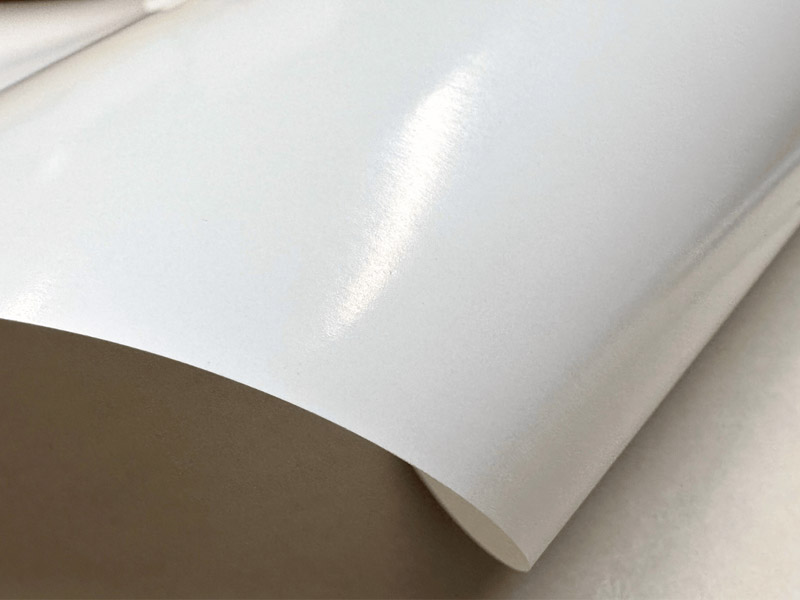Cardboard is almost the king of all things crafts, packaging, and DIY as it can be a remarkably cost-effective, readily available, lightweight material. But cardboards have only one major drawback, it is not resistant to water and moisture.
This guide explores How to Make Cardboard Water Resistant by combining the many techniques available, some firsthand experience hows and examples.
Understanding the Need for Water Resistance
Some time back, I did this project where I made these cardboard organizers for my work area in a decorative manner. A month into it, one accidental water splash ruined my artistic endeavour. And then it hit me that making cardboard water resistant was so key.
Anyone who loves using cardboard — for products storage, crafts or products packaging — will be glad to know, it can be done in a way that makes it very durable without causing environmental harm.
Eco friendly cardboard packaging manufacturer in China, we are helping many small businesses by providing the best water-resistant cardboard packaging.
Question: Why Would You Want to Water Proof Cardboard?
Use cardboard for outdoor signs or a project requiring fragile item packing. Being exposed to moisture may cause them to disintegrate and lose their shape, so it’ll be a complete waste of effort.
Mastering the skill of turning cardboard into something resistant to water turns a simple material into a durable medium that can withstand spills, moisture and even outdoor weather.
Techniques for Making Cardboard Water Resistant
1. Applying a Thin Layer of Wood Glue (PVA)
I am using wood glue as we are applying it in a very thin layer.
This easiest way is to spread PVA glue mixed with water on cardboard. It’s great for low moisture protection and for most indoor projects. Here’s how:
Things you Need: Wood Glue, Water, a brush, a small container.
Method: Use a mixture of 50/50 glue and water. Apply a layer of cardboard with the help of the paint brush. Let each coat dry before implementing more coats.
Abby: Once, a friend of mine named Martha used this technique on the cardboard flower pots she grew flowers in before planting them in her garden. The pots sat on her kitchen windowsill (which is a hotspot for humidity) and still kept their shape, gaining many compliments from visitors.
2. Wax Dipping Method
Wax dipping offers excellent moisture resistance for small to medium-sized cardboard pieces. This method creates a water-repellent layer around the cardboard.
- Materials: Paraffin wax, a double boiler, and tongs.
- Process: Melt paraffin wax in a double boiler. Carefully dip the cardboard into the melted wax using tongs, ensuring every part is coated. Let it dry and repeat if needed.
The wax coating proved essential for a camping trip where I needed sturdy waterproof boxes for storing supplies. After waxing, my cardboard containers not only survived rain but kept their contents completely dry!
3. Using Waterproof Varnish or Sealant
For long-lasting projects, using a varnish or sealant offers excellent protection. This method forms a protective shield that repels moisture effectively.
- Materials: Polyurethane or acrylic varnish. Paintbrush or spray can.
- Process: Apply the varnish evenly on the cardboard and allow it to dry before applying another coat.
Case Study: A small brand used this method for water-resistant cardboard shipping boxes. The boxes could withstand light rain, minimizing customer complaints about damp products.
4. Laminate Sheets or Plastic Coating
When you need maximum water resistance, consider covering the cardboard with plastic sheeting or using lamination.
- Materials: Adhesive lamination sheets, plastic film, adhesive spray.
- Process: Apply the lamination sheets over the cardboard, pressing firmly to eliminate air bubbles. For larger projects, use adhesive spray and cover the cardboard with a plastic film.
Tip: Ensure seals are good around the edges, as often moisture seeps into neglected corners.

5. Environmentally Friendly Options
As sustainability gains traction, eco-conscious individuals seek natural alternatives. Beeswax offers a great way to waterproof cardboard using all-natural materials.
- Materials: Beeswax pellets and a heat source.
- Process: Melt the beeswax and brush it onto the cardboard surface, allowing it to absorb and cool.
A green-minded DIYer, Alex, applied beeswax to his cardboard planters. His garden thrived without environmental guilt, thanks to this biodegradable solution.
Maintaining Water-Resistant Cardboard
Regular maintenance is essential for ensuring your cardboard stays water-resistant:
- Check for Cracks: Inspect regularly for cracks or peeling coatings.
- Reapply Coatings: Periodically reapply varnishes, waxes, or laminates for maximum protection.
- Environment Matters: Store cardboard in dry places to minimize exposure to humidity.
Wrapping Up
Making cardboard water resistant empowers you to maximize its potential, transforming a simple material into a versatile and enduring component of your creations.
By embracing techniques like glue coatings, wax dipping, varnish applications, and more, you can protect your cardboard projects from the challenges posed by moisture.
Next time you start any new DIY project, keep in mind how a little time spent on water resistance can bring you really long-lasting results to cherish over time.
After all, crafting is not all about the product itself, but about learning, experimenting, and growing. So get your materials ready and start creating new possibilities of water-resistant cardboard wonders today!
Lastly, If you looking for eco-friendly paper tube or cardboard packaging for your brand, feel free to contact us. We will provide you high quality products with afforadable price.








